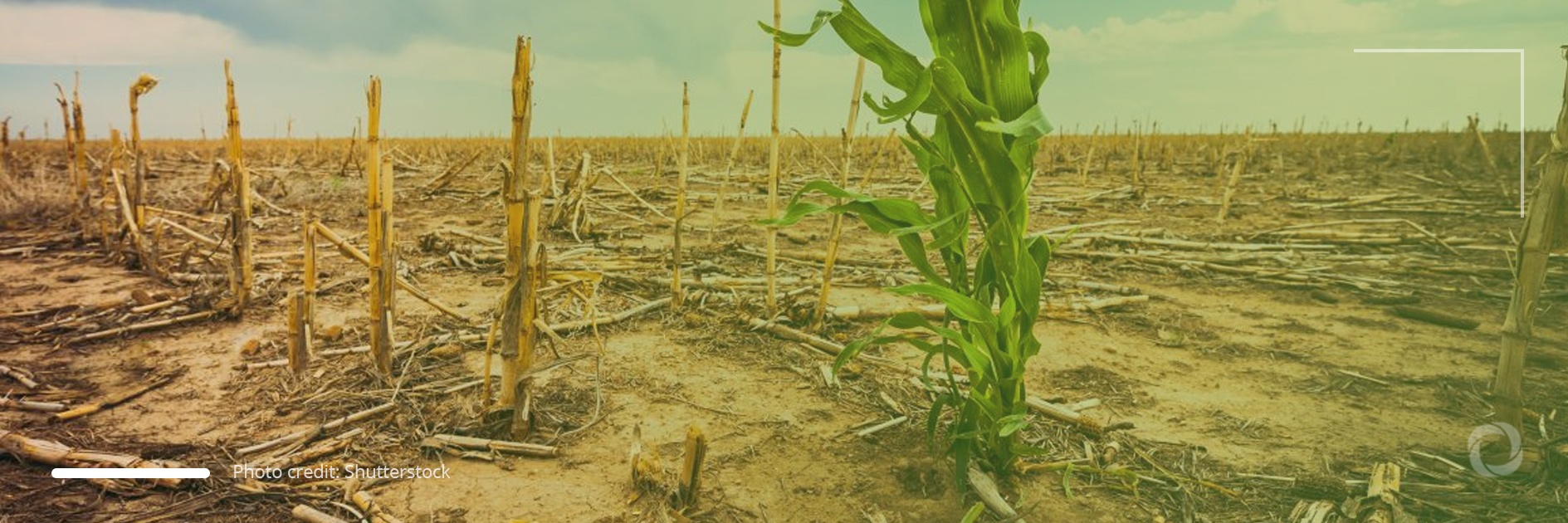With 45 million people suffering from a shortage of food, climate change promises to push even more people into hunger in the future. Estimates show that, if by 2050 and subsequently by 2080, greenhouse gas emissions remain high and the adaptation stays as it is now, vulnerability to food insecurity will increase enormously in some countries, reaching up to 136% compared to the present level.
Rising air temperature and extreme weather events trigger heatwaves, floods, droughts, and fires all around the world. While changes in the climate system impact the planet in many different ways, food insecurity is among one of the serious consequences. Forty-five million people are already currently suffering from famine across 43 countries worldwide compared to 27 million in 2019, according to the World Food Programme (WFP). Moreover, the agency states that should the global temperature exceed pre-industrial levels by 4°C, an additional 1.8 billion people will struggle to find enough to eat.
UN Secretary-General Antonio Guterres noted, “Our fragile planet is hanging by a thread… It is time to go into emergency mode — or our chance of reaching net-zero will itself be zero… We must build the resilience of vulnerable communities against the here-and-now impacts of climate change.”
Projections on future food insecurity
The Met Office Hadley Centre, in cooperation with WFP analysts, has developed the climate and food insecurity index which measures the vulnerability of the food system to climate-related issues in developing and least-developed countries. Under different climate change and adaptation scenarios, the platform developed by the organization enables the evolution of the index in the future to be predicted.
For instance, considering the scenario whereby a significant increase in future global greenhouse gas emissions (“high” scenario) and assuming there is no change in adaption compared to the current situation (“none” scenario), the platform reveals alarming figures. By 2050, the vulnerability to food insecurity is expected to increase by 38% in Guatemala, 41% in Haiti and the Dominican Republic, 47% in Honduras, 51% in Nicaragua, 51% in Guyana, 54% in Suriname, and 60% in Venezuela.
For countries in Africa facing the same scenario, by 2050 Mauritania would record a 50% increase in the vulnerability to food insecurity compared to the current situation state, Namibia 41%, Zimbabwe 47%, Botswana 46%, Senegal 53% and Guinea-Bissau 42%. Other countries are projected to record less than a 40% increase under the assumed conditions.
By 2080, the vulnerability to food insecurity compared to the current situation is estimated to increase by 84% in Haiti, 97% in Honduras, by 105% in Nicaragua and Guatemala, 107% in the Dominican Republic, 118% in Venezuela, 120% in Guyana and 136% in Suriname. Countries such as Mauritania will experience a 60% increase, Namibia 62%, Botswana 70%, Zimbabwe 75%, Guinea-Bissau 82%, and Senegal 91%.
Fig.1. The vulnerability to food insecurity compared to the current situation under the assumptions of “High” greenhouse gas emissions and no change in adaption compared to the current situation.



However, allowing for low future global greenhouse gas emissions (“Low” scenario) and a high level of adaptation (“high” scenario), the vulnerability to food insecurity is expected to increase far less by 2050 and by 2080 compared to the situation described above. In all the countries mentioned, the vulnerability to food insecurity is expected to increase by less than 20%.
Fig.2. The vulnerability to food insecurity compared to the current situation under the assumptions “Low” greenhouse gas emissions and “High” level of adaption compared to the current situation.




